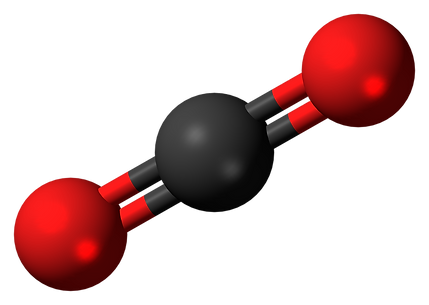

Percentages: a reminder
Calculations in chemistry often involve percentages. Remember.
- The full amount of anything is 100%.
- To change a fraction to a %, just multiply it by 100.
Example 1 Change the fractions 1/2 and 18/25 to percentages.
1/2x100= 50% 18/25x100= 72%
Two laws of chemistry
If you know the actual amounts of two substances that react, you can:
- predict other amounts that will ract
- say how much product will form
You just need to remember these two laws of chemistry:
1. Elements always react in the same ratio, to form a given compound.
For example, when carbon burns in oxygen to form carbon dioxide
6g of carbon combines with 16g of oxygen, so
12g of carbon will combine with 32g of oxygen, and so on.
2. The total mass does not change, during a chemical reaction.
So total mass of reactants = total mass of products.
So 6g of carbon and 16g of oxygen give 22g of carbon dioxide.
12g of carbon and 32g of oxygen give 44g of carbon dioxide.

Calculating the percentage composition of a compound
The percentage composition on a compound tells you how much of each element it contains, as a percentage of the total mass. This is how to work it out:
1 Write down the formula of the compound.
2 Using Ar values, work out its molecular or formula mass (Mr).
3 Wirte the mass of the element as a fraction of the Mr.
4 Multiply the fraction by 100, to give a percentage.
Example Calculate the percentage of oxygen in sulfur dioxide.
1 The formula of sulfur dioxide is SO2+
2 The Mr of the compound is 64.
3 Mass of oxygen as a fraction of the total = 32/64
4 Mass of oxygen as a percentage of the total = 32/64x100 = 50%
So the compound is 50% oxygen.
This means it is also 50% sulfur (100%-50%=50%).
